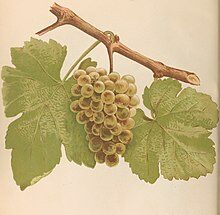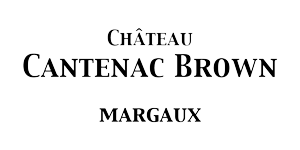After introducing you to its various red grape varieties: Cabernet Sauvignon, Merlot, and Cabernet Franc, Cantenac Brown now takes you on a journey to discover a white grape variety: Sauvignon Blanc. This incredible grape variety is particularly present at the chateau and allows us to obtain wines of great finesse and touch. In this article, we discover this grape variety and all its secrets.
The history of White Sauvignon
Sauvignon Blanc is a white grape variety formally identified in the Grave vineyard in 1736, and in Pouilly-sur-Loire in 1783.
There is a variant with pink grains, the Sauvignon Gris. It has the same characteristics. The minor differences concern a better aptitude for the production of sweet or syrupy wines.
Recognize White Sauvignon
The vines of Sauvignon Blanc are recognizable by several aspects:
- The end of the young branch is cottony, white with carmine border.
- Young leaves are downy and yellowish.
- The adult leaves, with 5 lobes with narrow lateral sinuses and with acute bottom
- The clusters and the berries are small
- Berries are golden yellow with green nuances, except for the sauvignon gris with gray to pink berries.

Recognize it in tasting
When tasted, Sauvignon Blanc produces acidic musts, with flavors of green fruits, grass and leaves, it also reminds of currants, elderberry, mushrooms and flowers. This variety produces very elegant and balanced dry white wines, with varietal aromas present during the first seconds.
What food to enjoy White Sauvignon with?
You can serve it with goat cheese and melon. Since it is a lively wine with a lot of bite, it can also be served with the main course; this wine goes very well with seafood platters, lobster or scampi.
Very versatile, it will also make a very good blender with Asian or fusion cuisine. It will enhance lemongrass and coriander.


